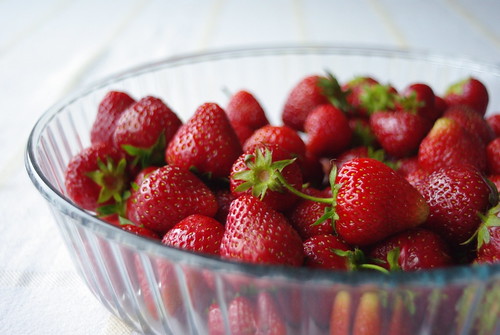It is too dark and seems to have shake/motion blur.
Usually for "dark effect" you should do it in post processing after all. With any digital camera, there IS some constant level of noise. When you make the image darker, noise "increases" proportionally to image.
Practically you should try to expose every shot correctly or a bit brighter (unless highlights are blown) if needed. Always avoid darker exposures, than normal, if not absolutely necessary (e.g. to preserve highlights). Then if dark effect is needed, you darken the image in post processing (either by curves or "exposure"/gamma adjustment - simply adjusting birghtness does not produce the same effect as taking darker picture in camera).
Note for shake: for SR to activate, you have to wait for the hand to light up in viewfinder. I didn't knew this a the beginning. Otherwise the SR system wont be active when you take the shot, even if enabled.
Here is an example taken with much older and a lot noisier camera k200d at ISO800:

Since it has been exposed more or less correctly, the noise is not that visible even at this high ISO setting.
P.S. Your image is also mostly in blue to violet tones. Digital sensors are least sensitive to the blue light, and produces most noise in blue tones.
P.P.S. Usually when i want to show the special mood of some event, i always DO take one "incorrectly" exposed and "wrong" white balance'd shot. Just to remember what i was after, when processing the technically qualitative image.


 Similar Threads
Similar Threads 









 ) for post-processing.
) for post-processing. 












